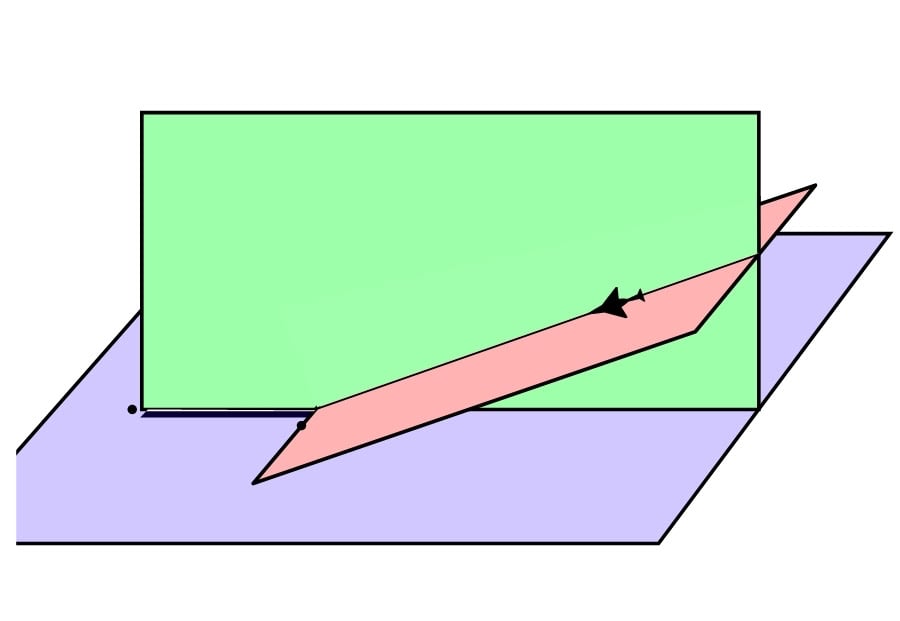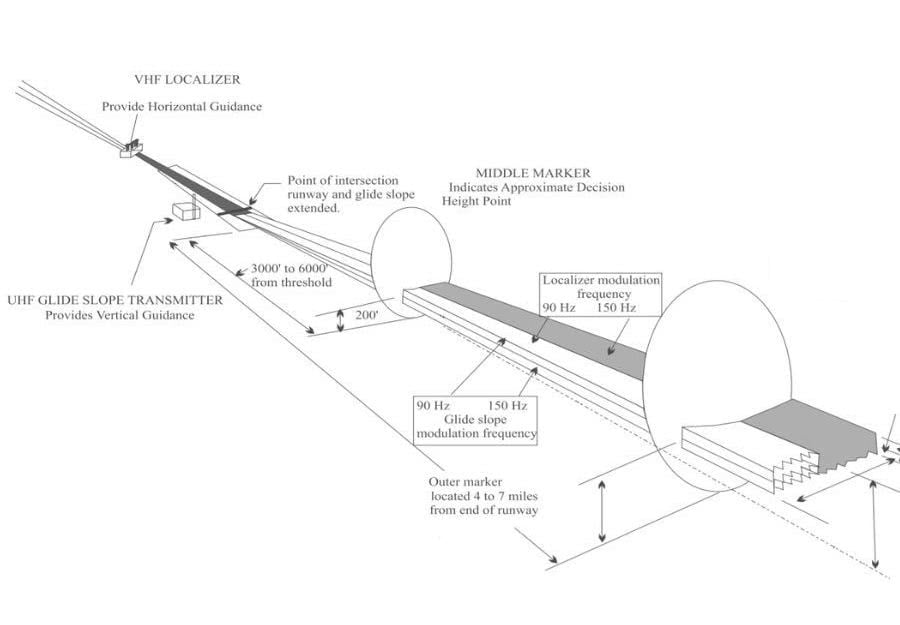The beginnings of ILS go back to 1920 when the first systems tests that would allow safer approaches were made in Europe and US, especially on days with adverse weather conditions.
It was not until 24th September 1929 when Lieutenant James Doolittle, on board a Consolidated PT-3, carried out a series of landings in a cabin that was totally covered. It was at this time that the instrumental flight got started.
Three years later, in 1932, Dr. Ernst Kramer de Lorenz patented a system combining horizontal and vertical positioning. This was termed the Lorenz beam.
The Lorenz beam emitted a points and lines frequency where the pilots would hear a continuous sound that would let them know they were in the glide path. Later, a cabin instrument was added, which indicated, through the use of a needle, the relative aeroplane’s position with respect to the path. From then on, things have really changed!





